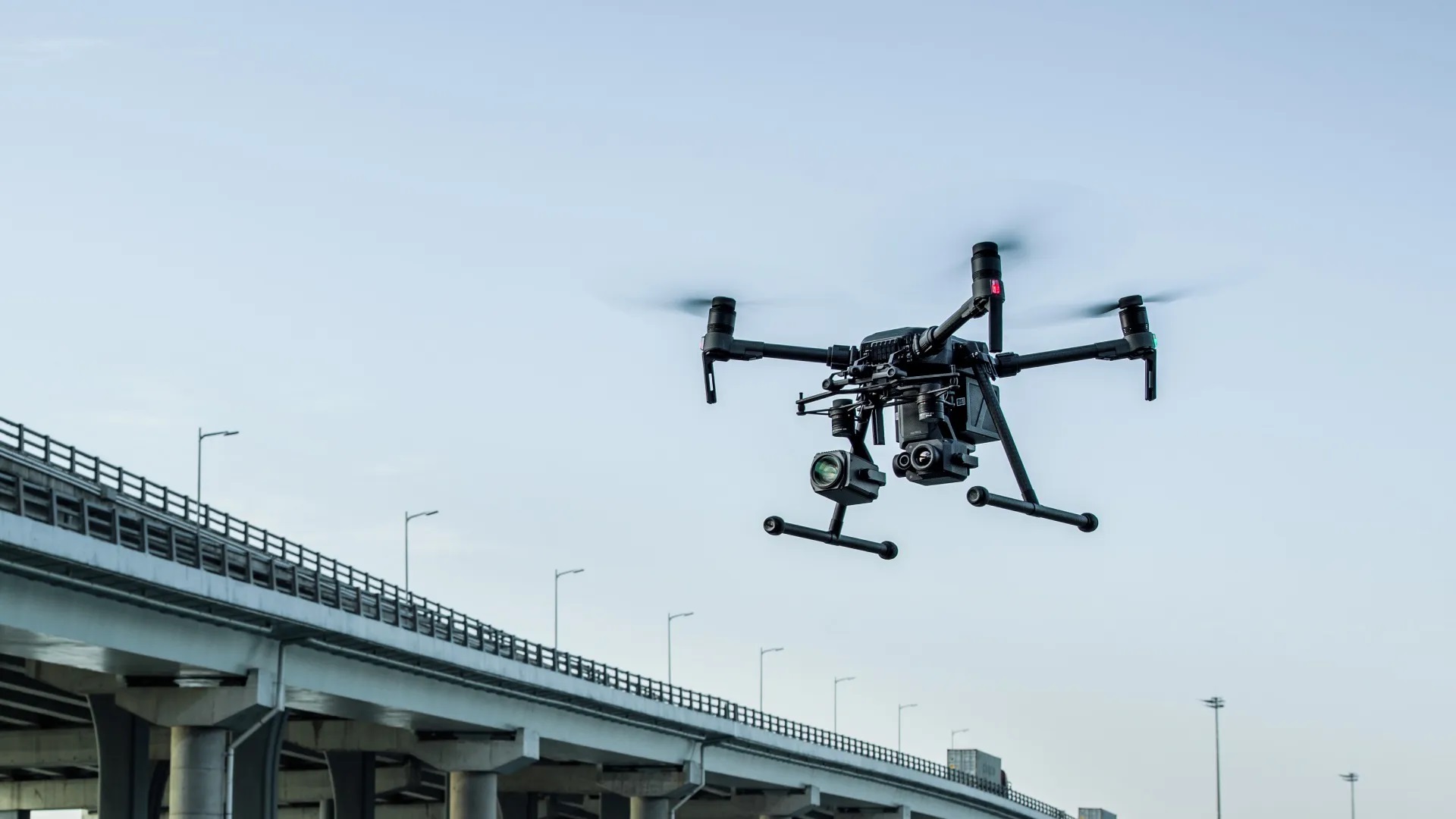Introduction
More and more drone pilots hear the term Remote ID, but few know exactly what it means. Since 2024, a Remote ID beacon has become essential: a small module that acts as the digital license plate of your drone. In this article we explain how such a beacon works and why it is also the solution for older drones.
What is a Remote ID beacon?
A Remote ID beacon is a lightweight transmitter that you easily attach to your drone. The device continuously broadcasts important data via Bluetooth, such as:
- your operator ID (the official registration number of the pilot),
- the position and altitude of the drone,
- the position of the pilot.
This allows anyone with the right app or scanner to immediately see who is flying and where.
How does it work in practice?
The beacon is completely stand-alone:
- it has a built-in GPS antenna to determine its position,
- a built-in rechargeable battery (lasting 8–16 hours) that you recharge via USB-C,
- a simple mounting system with Velcro or tape so you can attach it to almost any drone.
You don’t need to modify your drone: the beacon does all the work itself.
Example: the Dronetag Beacon
One of the most popular models is the Dronetag Beacon:
- weight: only 16 grams,
- battery life: up to 16 hours,
- user-friendly: settings via an app on your smartphone,
- compliant with EU standards, fully legally approved.
Thanks to the built-in GNSS receiver you don’t need extra antennas or cabling.
![]()
Why is it useful for older drones?
Many drones that have been around for years have no built-in Remote ID. Popular models include:
- DJI Inspire 1 and Inspire 2,
- DJI Matrice 200/210 series,
- DJI Phantom 3 and Phantom 4,
- DJI Mavic Pro and Mavic Air,
- and many other legacy drones.
With a beacon, you bring these drones back in line with current regulations. You can continue to fly your trusted drone without having to immediately invest in a new one. For professional operators this is often the most practical and budget-friendly solution.
![]()
Why a beacon matters
A Remote ID beacon may seem like a small detail, but its importance is significant:
- Transparency in the airspace: authorities and other airspace users immediately see who is flying.
- Professional image: you show clients and inspectors that you operate according to the rules.
- Safety: in case of an incident, the drone and pilot can be identified more quickly.
- Future-proof: you are prepared even if regulations evolve further.
Risks of flying without a beacon
Yet many pilots still take off without Remote ID. This brings risks:
- Illegal flight: you don’t comply with European rules.
- Fines and sanctions: your drone may be confiscated during a check.
- No insurance: in case of an accident, insurers can refuse coverage.
- Reputation damage: for professionals this may lead to loss of client trust.
In short: a beacon is not just a legal requirement, but also a safeguard for your reliability and professionalism.
Conclusion
A Remote ID beacon is small, light and easy to use, but makes a big difference: it is your digital license plate in the sky. Whether you fly the latest model or an older drone like an Inspire, Matrice, Phantom or Mavic, a beacon ensures your aircraft remains visible and identifiable to the authorities.
Remote ID is just one example of how drone regulations are evolving. Through our blog, you’ll stay up to date with new requirements, technologies and applications.
